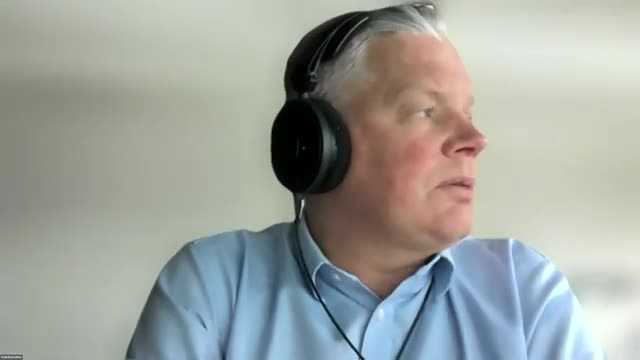Airway Heights Fire Marshal proposes residential sprinkler ordinance for new constructions
February 22, 2025 | Building Code Council, Governor's Office - Boards & Commissions, Executive, Washington
This article was created by AI summarizing key points discussed. AI makes mistakes, so for full details and context, please refer to the video of the full meeting. Please report any errors so we can fix them. Report an error »

The Building Code Council convened on February 21, 2025, to discuss a significant local amendment proposed by Airway Heights aimed at enhancing fire safety in residential buildings. The meeting highlighted the need for a residential fire sprinkler ordinance applicable to one- and two-family homes, a move driven by the city's evolving housing landscape and public safety concerns.
Mike Macklock, the fire marshal for Airway Heights, presented the proposal, emphasizing the necessity of integrating fire sprinklers into new residential constructions. This initiative comes in response to recent legislation allowing for the development of middle housing—additional residential units on existing lots—which could complicate fire suppression efforts. Macklock noted that the city's fire department operates with limited resources, responding to over 2,500 calls annually with just one fire engine. The proposed ordinance aims to mitigate risks associated with potential fires in densely populated areas, particularly when emergency services are stretched thin.
The amendment seeks to align the treatment of middle housing units, such as accessory dwelling units (ADUs), with that of traditional single-family homes. Macklock argued that without sprinklers, the safety of residents could be compromised, especially in scenarios where multiple emergency calls occur simultaneously. He referenced six other Washington communities that have successfully implemented similar sprinkler ordinances, underscoring that this approach is not unprecedented in the state.
During the meeting, council members engaged in discussions about the technical aspects of the proposal, including the definitions of various housing types and the implications for fire department operations. Questions were raised regarding the clarity of language in the proposal and its applicability to different residential structures. The council acknowledged the importance of ensuring that the ordinance is comprehensive and effectively addresses the unique challenges posed by middle housing developments.
In conclusion, the Building Code Council's deliberations on the Airway Heights amendment reflect a proactive approach to fire safety in the context of changing housing dynamics. As the proposal moves forward, it will require careful consideration by the city council to ensure that it meets the community's needs while enhancing public safety. The anticipated next steps include further refinement of the ordinance and a potential vote by the city council, which could set a precedent for similar initiatives in other jurisdictions.
Mike Macklock, the fire marshal for Airway Heights, presented the proposal, emphasizing the necessity of integrating fire sprinklers into new residential constructions. This initiative comes in response to recent legislation allowing for the development of middle housing—additional residential units on existing lots—which could complicate fire suppression efforts. Macklock noted that the city's fire department operates with limited resources, responding to over 2,500 calls annually with just one fire engine. The proposed ordinance aims to mitigate risks associated with potential fires in densely populated areas, particularly when emergency services are stretched thin.
The amendment seeks to align the treatment of middle housing units, such as accessory dwelling units (ADUs), with that of traditional single-family homes. Macklock argued that without sprinklers, the safety of residents could be compromised, especially in scenarios where multiple emergency calls occur simultaneously. He referenced six other Washington communities that have successfully implemented similar sprinkler ordinances, underscoring that this approach is not unprecedented in the state.
During the meeting, council members engaged in discussions about the technical aspects of the proposal, including the definitions of various housing types and the implications for fire department operations. Questions were raised regarding the clarity of language in the proposal and its applicability to different residential structures. The council acknowledged the importance of ensuring that the ordinance is comprehensive and effectively addresses the unique challenges posed by middle housing developments.
In conclusion, the Building Code Council's deliberations on the Airway Heights amendment reflect a proactive approach to fire safety in the context of changing housing dynamics. As the proposal moves forward, it will require careful consideration by the city council to ensure that it meets the community's needs while enhancing public safety. The anticipated next steps include further refinement of the ordinance and a potential vote by the city council, which could set a precedent for similar initiatives in other jurisdictions.
View full meeting
This article is based on a recent meeting—watch the full video and explore the complete transcript for deeper insights into the discussion.
View full meeting
